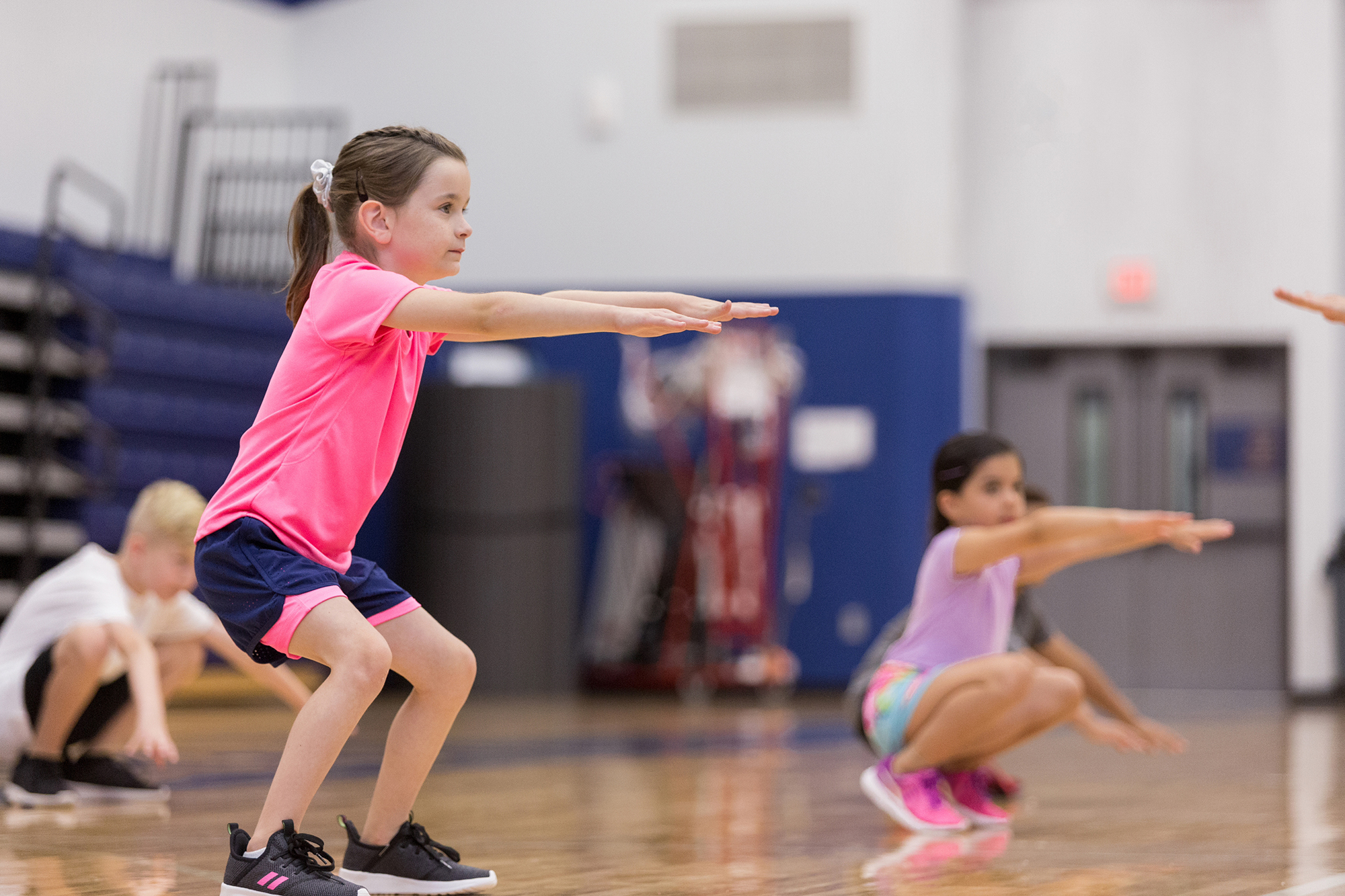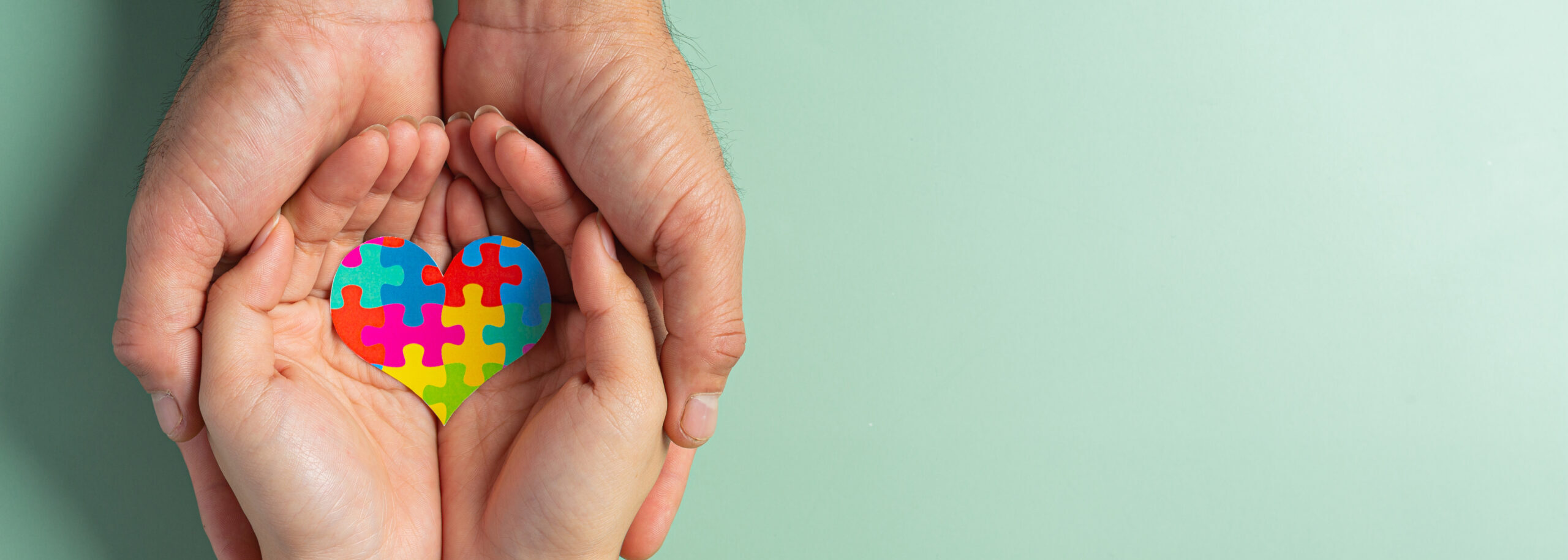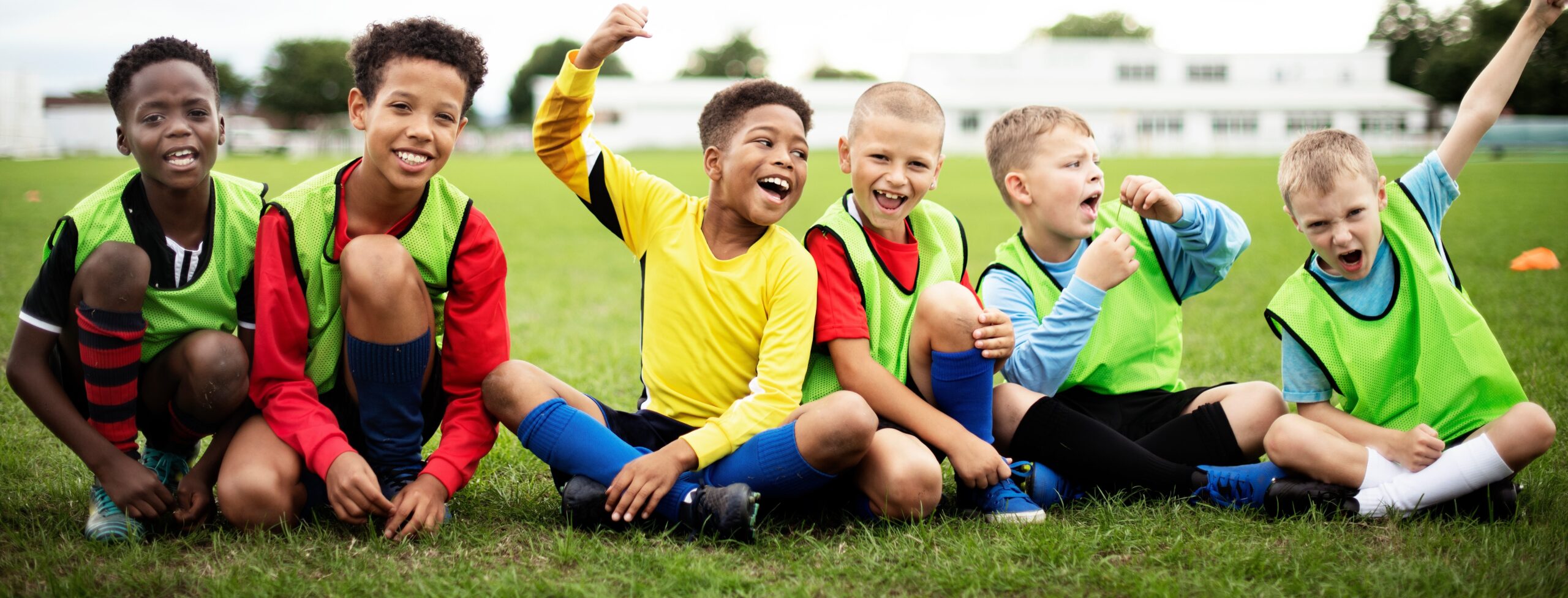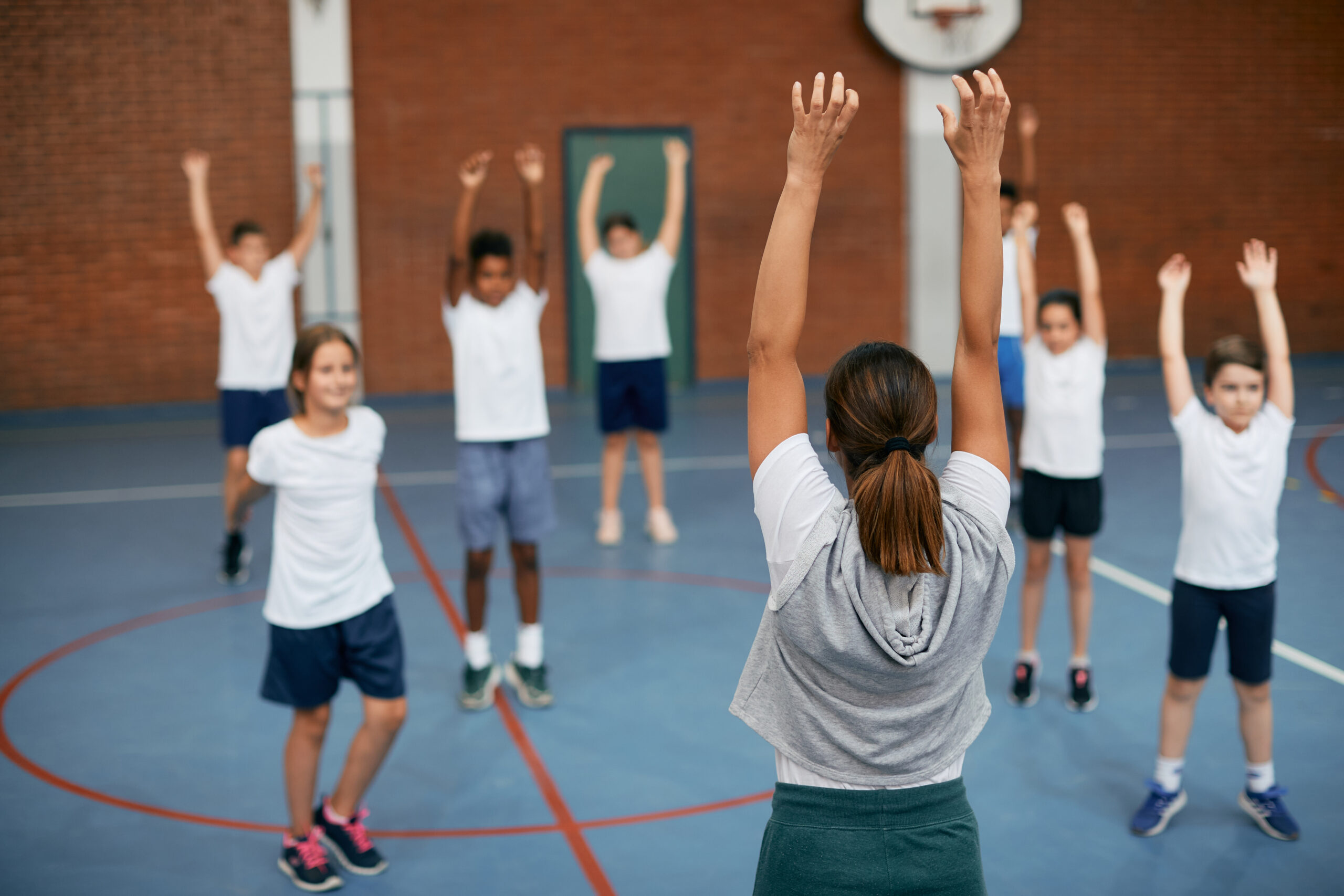Physical Literacy in Elementary School
What is Physical literacy? Physical literacy is a concept and not a program of work. It is a notion that views a person’s mind and body as a whole. The idea is that by developing the student through a combination of areas (physically, emotionally, and cognitively) they will grow up to be a physically-active adult.
The Aspen Institute describes physical literacy as “the ability, confidence and desire to be physically active for life”.
The benefits of physical literacy
The theory is that by blending different areas, such as the physical competence of a skill set, the confidence to want to use it, the motivation to want to use it, the knowledge of the activity, rules, tactics, how to be healthy, etc., and the understanding of when and how to use it, we begin to develop a value and a love for being physically active throughout our lives.
Although it starts from birth, the most important window for children to become physically literate is through elementary school years. It is dependent on several factors:
- The support systems around the child; parents, teachers, peers – Positive influences; role models, people encouraging, and aiding, physical activity.
- Positive experiences that the child encounters within and around physical activity.
- The physical environment around the child to offer a wide variety of opportunities and experiences.
- Age and ability appropriate activities and challenges for the child to achieve success and develop a feeling of worth.
With the right support and opportunities, this will lead the child, teenager, and then adult, to making and wanting to make good decisions about their health and own physical wellbeing. It will lead to an active life and choosing to be active for internal reasons.
How do you introduce physical literacy to your school?
Physical Literacy cannot be taught as such. It is a by-product of exposure to many and varied physical opportunities and challenges. In school, it is the outcome of High Quality Physical Education and school sport. It helps elementary school children to become competent and confident movers from an early age, whilst helping them understand movement, motivating them to move and understand why they need to be active. Failure to develop their movement skills will subsequently reduce their interest and ability to take part in physical activity and will limit their mobility skills into adulthood.
If a child cannot throw and catch a ball, they will lack the confidence to play in front of others. This will deter them from playing in the future. Just like children who do not learn to read become adults who won’t read.
To ensure we are developing physically literate children we must think about why and how we teach physical education in elementary school. Creating an environment where students want to be physically active, where they are confident to participate without shaming, and where relationships are built between student and teacher to help motivation, is far more fundamental then delivering a lesson to create the next elite performer.
Developing the whole child
That is not to say that elite sport does not have a place. There are routes and pathways for elite athletes, and these should be challenged and explored appropriately, but teaching Physical Education should be more about developing the whole child rather than developing the next superstar baseball player per se.
Developing the whole child is at the center of all our elementary PE lesson planning at PE Planning. Along with ensuring lessons are linked to the curriculum, fun & engaging, and easy to follow. Lesson one of every unit is free for you to download and try here.
When delivering a physical education lesson, be mindful of these important factors…
- Ensure it is age and stage appropriate for your students.
- Not all children have the same physical skills – differentiate within your lesson.
- Don’t be afraid to revisit work that didn’t get finished, or that students didn’t grasp the first time around.
- Where possible include some ownership on the student as well as some problem solving opportunities – discussions and demonstrations throughout your lesson.
- During team based games – ensure students feel comfortable and confident in their team and surrounding.
- Poor experiences in PE can negatively impact a child and leave them feeling unable to relate to the subject in the future.
Physical literacy and the curriculum
Ensuring your school has a wide and varied PE curriculum is also important for exposing children to as many different physical experiences as possible. Here we have an example of a good practice long term plan, as well as detailed curriculum mapping.
Little and often is the key with elementary school students. So think about how you can incorporate physical activity into your classroom. Our Active Classroom blog could be a useful read.
Physical literacy can also be developed outside of curriculum time. Increasing experiences through breakfast, lunch, and after school clubs provides opportunity to try different activities and learn different skills or practice skills in different ways. Where possible think about offering less traditional sports that students don’t usually get the chance to access.
Learning through play
Learning through play is a valuable part of physical literacy. Maximizing opportunities through resources, equipment, and activities, not only for early years provision, but throughout Key Stage One and Key Stage Two during break times. We have some Lunchtime Activity Cards that can help get you started with this.
Offering competition throughout the key stages can also help motivate students. Competition drives some people… And although the concept of physical literacy is about the intrinsic drive and internal value of being physically active, competition can sometimes be the beginning of that, or the early connection.
The future benefits of physical literacy
The goal of having our next generation physically literate would have a huge impact on future society. Encouraging a nation to be active, and them wanting to be active, could be the answer to many health problems. Not to mention the economic, financial, and medical benefits for the world. Know that if you can provide opportunities for students to build motivation and confidence through appropriate age and stage development, and that you can build their physical competence, as well as knowledge and understanding, you are positively contributing to the physical literacy concept.
Want to learn more? We’re happy to talk! Speak to the PE planning team here.




